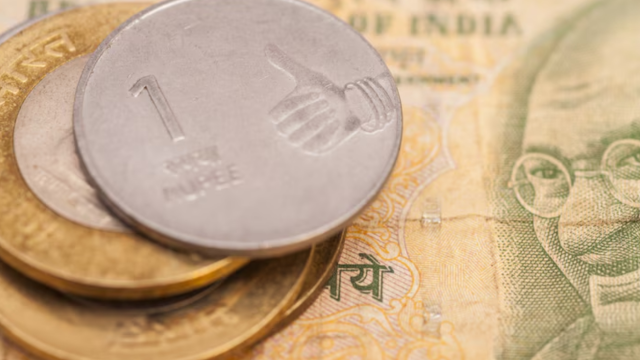October 25, 2025 : In a strong endorsement of India’s economic momentum, the International Monetary Fund (IMF) has raised its growth forecast for the country to 6.6% for 2025, projecting India as the fastest-growing major economy in the world — far ahead of China’s expected 4.8%.
According to the IMF’s latest World Economic Outlook report, India’s resilient domestic demand, thriving services sector, and continued government spending on infrastructure have helped it withstand global economic headwinds, including tariff challenges and geopolitical uncertainties. The revision comes amid a backdrop of slowing growth in major economies like the United States, the European Union, and China.
IMF’s Chief Economist Pierre-Olivier Gourinchas noted that “India’s growth trajectory remains impressively robust, driven by strong private consumption and public investment. Tariffs and trade disruptions have had limited impact on India’s medium-term outlook due to its diversified economic base and growing digital economy.”
The upward revision marks a 0.2 percentage point increase from the IMF’s previous estimate of 6.4%. The multilateral body emphasized that India’s macroeconomic fundamentals remain stable, supported by moderating inflation, healthy foreign exchange reserves, and a manageable fiscal deficit.
Resilient Domestic Economy
India’s economy has shown remarkable resilience in recent quarters. With manufacturing and services sectors both expanding, the country has seen rising foreign investments and increased consumer confidence. The government’s production-linked incentive (PLI) schemes, Make in India initiatives, and digital transformation efforts are also being credited for attracting global manufacturers seeking alternatives to China amid ongoing trade tensions.
The IMF further noted that the Indian financial system remains sound, with credit growth supporting small and medium enterprises (SMEs) and startups. The nation’s booming fintech ecosystem, rapid adoption of digital payments, and record stock market performance have reinforced investor optimism.
Comparison with Global Peers
While India’s projected 6.6% growth leads the global pack, China’s economic expansion has slowed due to property sector distress, subdued consumer spending, and weaker exports. The IMF’s report suggested that India’s policy reforms, labor market flexibility, and increasing infrastructure investment have helped sustain its growth momentum despite a volatile global trade environment.
For advanced economies, the IMF predicts a growth rate of around 1.7%, while emerging and developing economies, excluding India and China, are expected to grow at an average of 3.9%.
Tariffs and Trade Resilience
In response to ongoing tariff hikes by Western economies, India’s export diversification strategy appears to be paying off. The country has strengthened trade partnerships across Southeast Asia, the Middle East, and Africa, cushioning the impact of any single-market disruptions. The IMF noted that “India’s economic openness and strategic trade diversification have mitigated potential damage from global tariff pressures.”
Inflation and Fiscal Stability
While India’s inflation remains slightly above the Reserve Bank of India’s (RBI) target range, the IMF expects it to stabilize around 4.5% by mid-2025, helped by declining food prices and a strong harvest season. The RBI’s cautious monetary policy stance, coupled with fiscal discipline, has helped balance growth and stability.
The government’s continued emphasis on green energy and infrastructure investments — particularly in railways, renewables, and logistics — is also expected to sustain momentum.
Looking Ahead
The IMF forecast reaffirms India’s position as a key engine of global growth. With structural reforms, an expanding middle class, and digital transformation accelerating across sectors, India’s economic prospects remain bright.
However, the report also cautions that global shocks — such as oil price volatility, climate risks, and geopolitical tensions — could pose downside risks. To sustain high growth, the IMF recommends continued focus on labor participation, innovation, and climate-resilient infrastructure.
In essence, while much of the world grapples with economic slowdown, India’s steady macroeconomic management, consumption-led demand, and strategic reforms continue to drive optimism — reinforcing its image as a global growth powerhouse.
Summary
The IMF raised India’s 2025 growth forecast to 6.6%, surpassing China’s 4.8%. Strong domestic demand, reforms, and resilient trade have kept India’s economy on track despite global tariff challenges.


